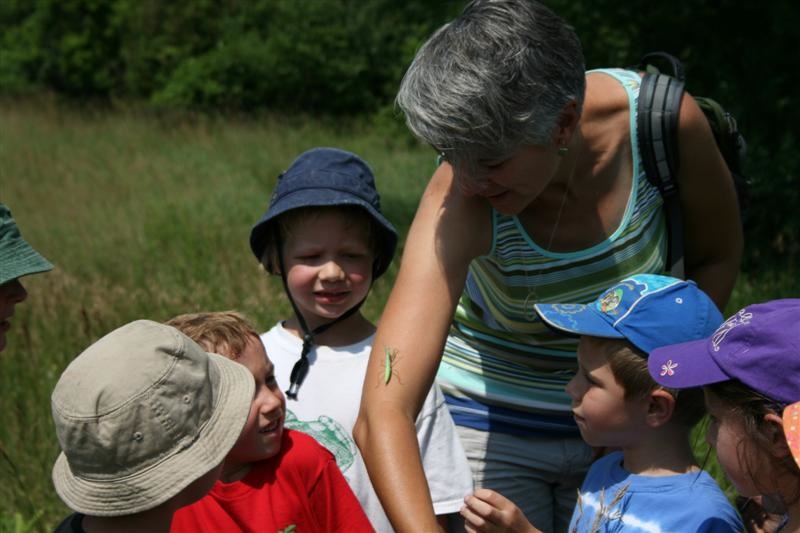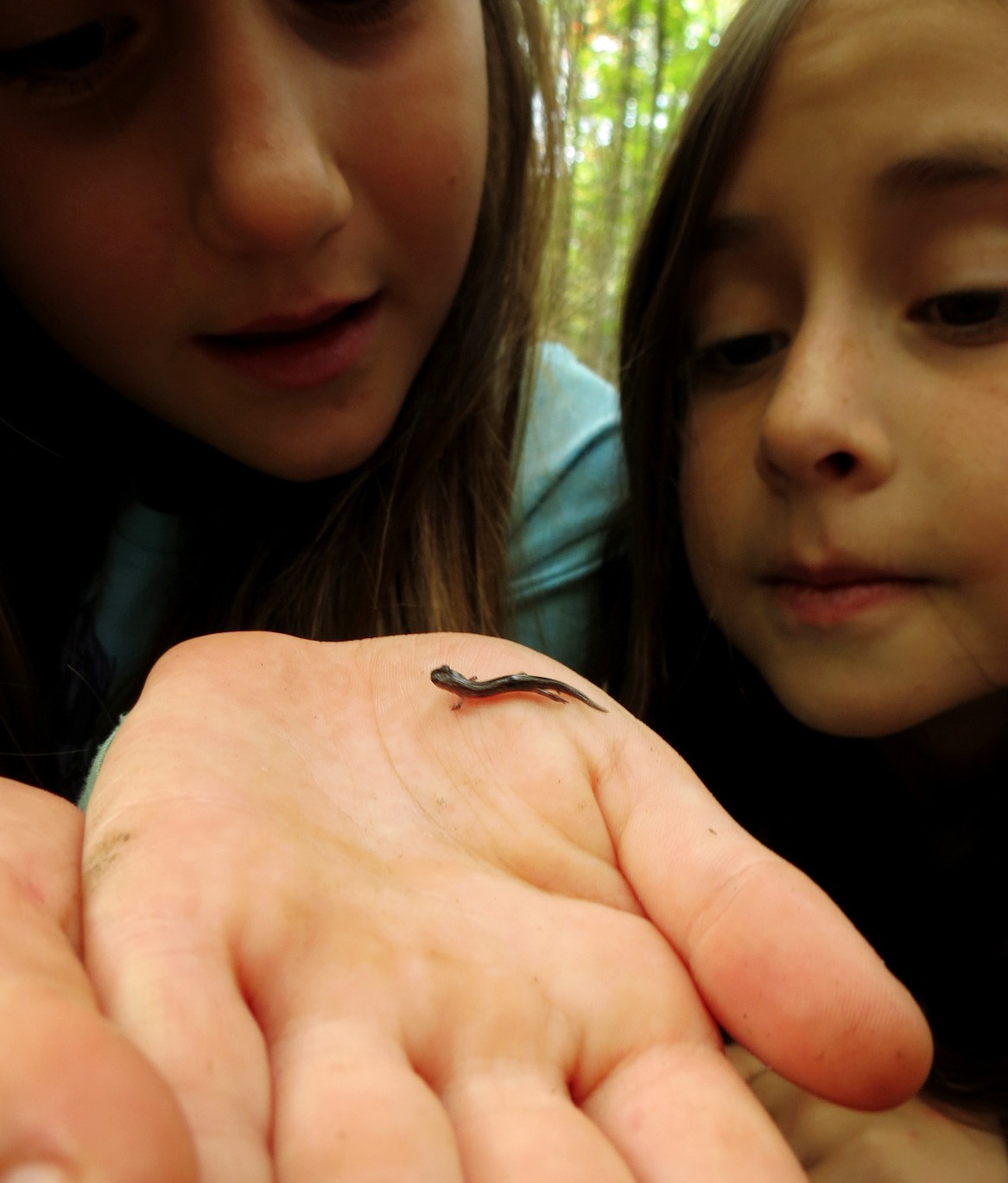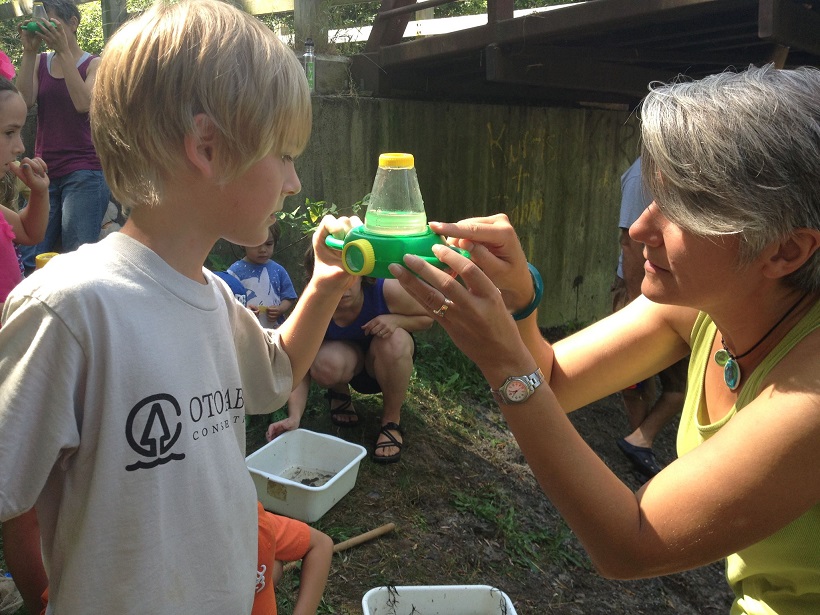A Simple Remedy to Our Deficit of Nature
I have heard many parents and teachers complain that the children in their lives won’t go outside. I would argue that they will, but sometimes we have to go with them.
Two years ago, I offered to take a group of teenagers for a nature hike. They had been brought to our outdoor education centre to experience the climbing equipment, but this small handful of eight students could not be convinced to climb for fear that they might be exposed as frightened and vulnerable. The teens had not met one another before, but shared in common that they were all in foster care.
When I proposed the hike to the teachers and supervisors, they doubted whether any of their charges would come. Surprisingly, all of the teens were willing to follow me.
We hiked. I was warned that one boy might be particularly defiant and that since he opposed all physical activity, he would likely turn back. For some time, I walked slightly behind him in silence until, as we crested a hill under towering maples, I stopped to turn over a rock. I wasn’t scheming to pique this boy’s interest, I was just giving in to a habit that I had learned decades before on long walks with my Dad. Under the surprisingly heavy chunk of granite, nestled among the sweet-smelling brown leaves and soil, was the creature that I am always hoping to see: a salamander.
I couldn’t help but share my discovery with the boy and he was transfixed. As he held the tiny body in his palm, we both marvelled that such tiny toes, each just a few millimetres long, could contain bones. The boy showed the little amphibian to the others and many took a turn holding it. A few minutes later, the adults looked on in amazement as the teens crouched all around us, turning over rocks.
On our 40 minute hike, not one of the teens complained, and none slowed the group down. The boy’s caregiver confided in me, “I guess I finally know what he likes to do.”
Unfortunately, much of the information that adults give children about nature only inspires fear, and is often delivered from within four walls where it lacks context. For example, “Watch out for poison ivy” is not helpful unless you can then show a child what poison ivy is, and explain what it isn’t. It isn’t deadly or even dangerously poisonous. Most often, the worst outcome from contact with poison ivy is an uncomfortable rash that only occurs if you crush the plant, and even that can often be minimized if you wash in soapy water when you get home.
To a child who has only been offered warnings about what is out her front door, all buzzing things might sting, all plants might poison, and there may be predators lurking behind every bush. When all of the wildly varied organisms in nature meld into one giant and terrifying unknown, innate curiosity and a yearning to explore are replaced by ignorance and fear.
Fortunately, the remedy is simple: to nurture natural curiosity in a child, just open the door and let them go. To reawaken it, go with them.
This article was contributed by guess blogger, Sheila Potter.
Sheila can be found on her website, www.sheilamacleodpotter.com






